How to Dye Easter Eggs the Natural Way
Written by Megan of Stetted.
Our family is not religious, but we still enjoy celebrating the arrival of spring with a morning of hunting for brightly colored eggs, followed by an egg-laden brunch table.
We try to not let our son eat food with artificial colors in it, and this year I decided we had to make the same rule when it came to our Easter eggs. True, the colored shell of the egg is not eaten, but why bother with chemicals when you have Mother Nature’s bounty to give you gorgeous hues?
Here’s what you need to create all-natural dyes:
- Pink/red: 1 beet (peeled and diced) or 1 teaspoon paprika
- Yellow: 1 teaspoon turmeric
- Browns: Tea, coffee, or onion skins
- Purple/blue: 1 cup Blueberries or blackberries (red cabbage can work also)
- Green: Torn spinach, 1-2 bags green tea, or mix the blue and yellow dyes
- …plus 1 tablespoon distilled white vinegar
Method:
- Bring 2 cups of water to a boil and add your chosen color ingredient. Let simmer on medium for 10 minutes, then remove from heat and let cool.
- Strain the liquid into bowls or cups large enough to hold 1-2 eggs. (Don’t toss the used berries! They can be saved for your smoothies, your morning oatmeal, or pancake topping!)
- Set your hard-boiled eggs into the dyes and let stand in the fridge for 30 minutes to a few hours, depending on how deep you want the color.
- Remove eggs with a spoon, let dry on a rack or wipe dry with a towel.
Feel free to try other foods and spices to dye your eggs, but remember that it’s a trial-and-error process. I fully admit that my first attempts failed and resulted in either no color at all, or a weird gray that scraped off the egg with a fingernail.
For me, blackberries yielded both purple and reddish eggs, and I could not get spinach to work, while my friends had success with using leafy greens. White eggs work best, but with a bit of patience you can also get stunning results from brown eggs.
Our eggs dried with a speckled pattern, which I think only adds to their charm. If you want a more even color, try straining the dyes through a coffee filter before adding the eggs.
All photos by Megan
Do keep in mind that these dyes will take longer to set than the traditional egg dye kits, so your kids might not be patient during the waiting process. You can still involve them in the decoration by having them draw on the undyed shells with a crayon, loosely wrapping rubber bands or string around them, or slipping them into a nylon bag with a leaf, to create fun patterns and images once the dye has been set.
And if you’re not interested in dyes at all, you can still find beautifully colored eggs by seeking out your local farmer. We’re lucky enough to get eggs that come in brown, blue, and even light green.
Do you color eggs for your spring celebrations? What are your favorite tips and tricks?

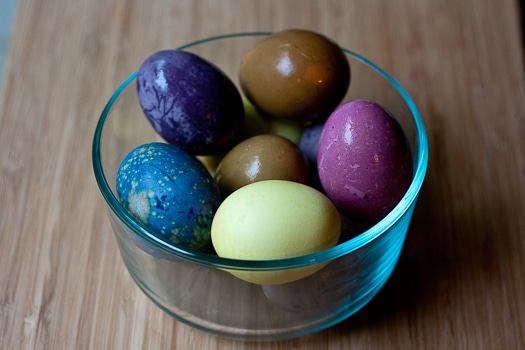
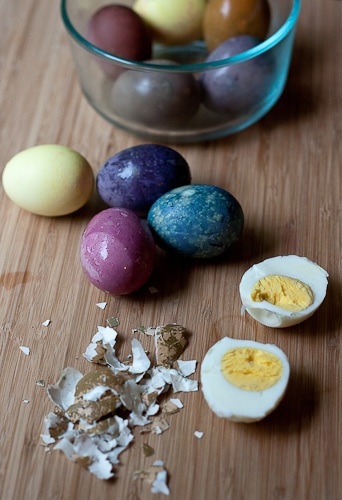

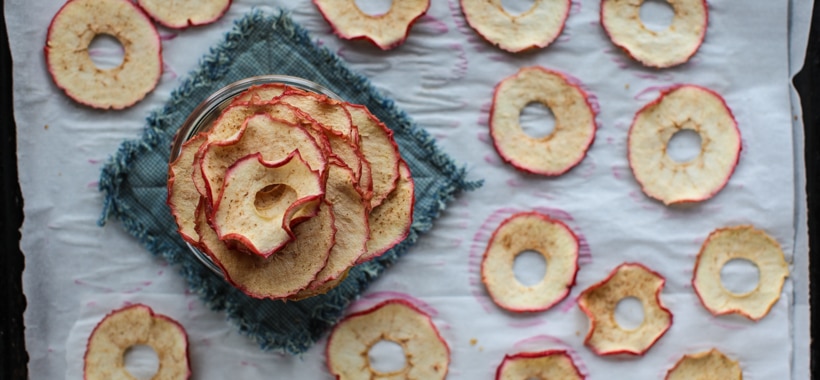
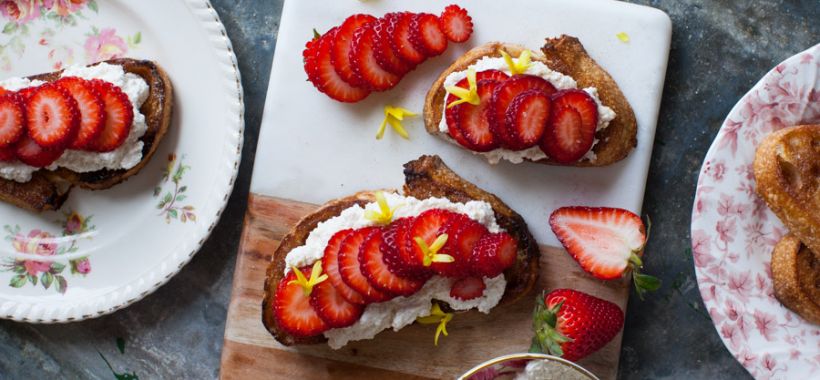
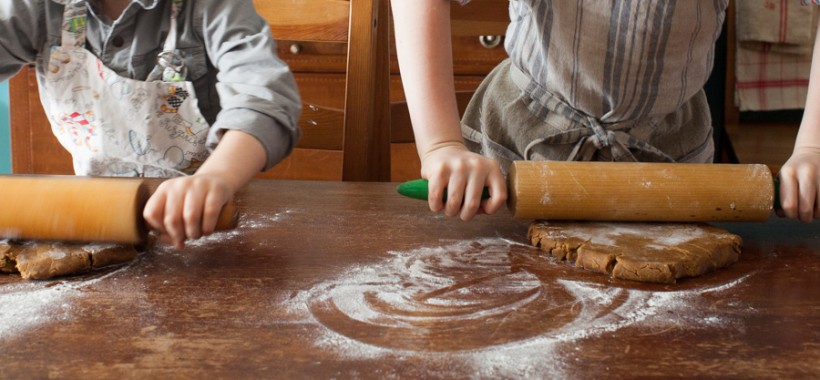
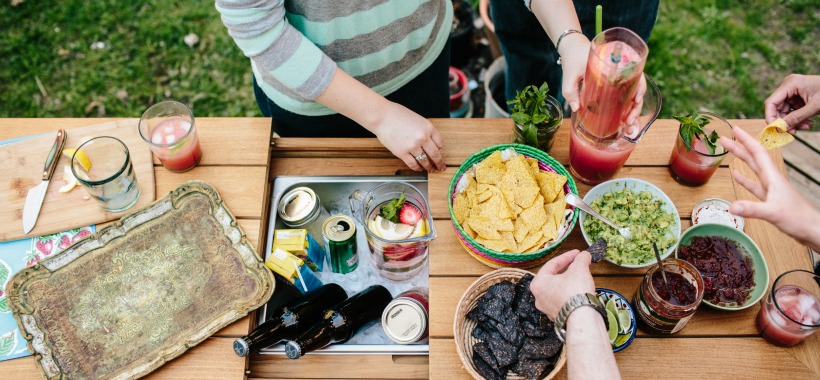
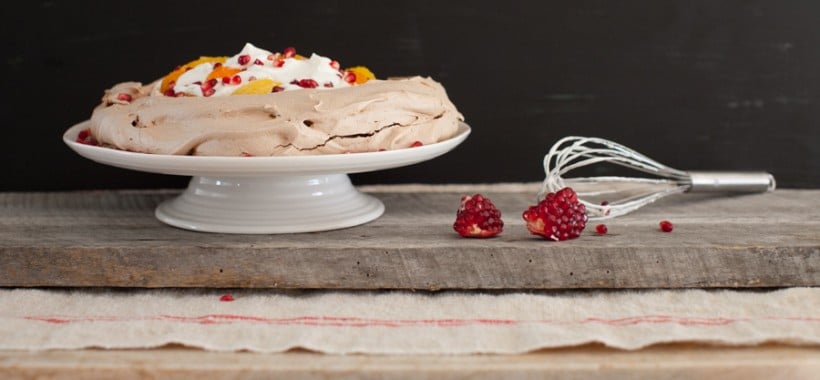
Love this post! i’m so excited to try this and i will surely follow all the methods that shared with us here on how to dye Easter eggs the natural way. Thank you so much sharing this useful tips to us.
These are great tips. When our son was born we wanted some red eggs to give as gifts to relatives (Chinese tradition). We tried using beet roots but I maybe we didn’t leave the eggs in the dye long enough because the best result was just a pale pink colour.
Do you hardboil your eggs before dyeing them?
Step 3 says to place the hard boiled eggs into the dye, so yes, they’re already cooked before you start the coloring. 🙂
Oops! Sorry I missed that!
Great post. I’ve been wanting to try this ever since I ran across the idea on the Martha Stewart website…but then forgot. Maybe this year will be the year!
I’m not a huge fan of hard boiled eggs, so we tend to forgo them in favor of the plastic ones filled with candy. But I totally appreciate what you’ve done here, and completely agree – the speckled look is completely charming!
Sorry, but I will use fake colors for the outside. If I could afford real berries I sure wouldn’t mush them to color the outside of an egg. Now if I want to make pickled eggs I would use the juice from the pickled beets. But not for something that will not go in my body.
I’m sorry your budget is tight. She did suggest red cabbage or berries (and said to save the berries for smoothies or oatmeal).
I like the natural look and how-to. Thanks for all of the tips, Megan!
I can’t get over how rich the color is. Awesome.
Love love love this! True, we are Jewish, but we will likely be making some fun eggs anyway!!!! 🙂 And hard-boiled eggs are great food for the wheat-free week of Passover coming up! Thanks!
I love the colors that this gives! Thanks for sharing!
Beautiful!! I love these colours so much more than the fake dye. I might just do this for our Easter potluck this weekend!
Wow, those are beautiful! I love the richness of the colors achieved with all natural dyes, winner!
Do your kids enjoy this process? I only ask because I want to try more natural dyes but it seems to be less of a “fun” process as traditional dying. I LOVE the depth of the colors that you were able to achieve!
Wow…your blues turned out so vibrant! I’ve dyed with veggies & fruit for years. It’s a fun experiment! For more intense colour, leave eggs in the juice for an hour or two, but not overnight: the eggs take on a veggie flavor!
yes, we bought food-based dyes last year, but since these are made with what we have on hand, i would like to try it since it’ll save us some money!
This was such a fun post! I had decided not to do eggs this year, but now I’m so inspired. I think hibiscus would make a good dark red as well. Thank-you!
I may have missed it, but when do you add the vinegar (noted in the ingredients)? Is it after simmering the food , when you are pouring the liquid into the cups?
I love this idea and hope to get some cute eggs ready for Sunday!
The Latvian way to dye Easter eggs: Take an uncooked egg, wet it, arrange onion skins around the egg, bind the egg so that the onion skins stay on the shell (traditionally we used cheesecloth and twine, but cut-up lengths of pantyhose, tied off at both ends after inserting the egg, are even easier to deal with), and hard boil the egg. You can also put extra onion skins into the water to deepen the color. If you want, you can put tiny flowers or grasses or fronds on the surface of the egg before you wrap the onion skins so that you have a sort of negative effect… just make sure to use non-toxic vegetation! The difference is that you’re boiling the egg with the onion skins, not dying it afterwards.
What a great post! Won’t get to dye eggs this year, but saved for next!
I did a test this week too of natural dyes, blueberries were by far my favorite. I may try to strain more in cheesecloth before using the dye as I got some funny bubbles on some. At least they are all unique!
This year we’re using real foods to dye our Easter eggs. I love the vibrant colors!
I can’t get over how beautiful these are! One question, do you add the vinegar in step 1 or step 2?
Whoops! You enter it in Step 2, right before you add the eggs to the dye. Thanks for catching that!
Hey there. I’m assuming you can make these ahead of time, but thought I’d check. If I’m going to force grandpa to use natural dyes with his grandchildren, I thought I’d at least bring them already made.
As I care for my grandson full time, I often use his naptime to do some baking. I LOVE to cook.